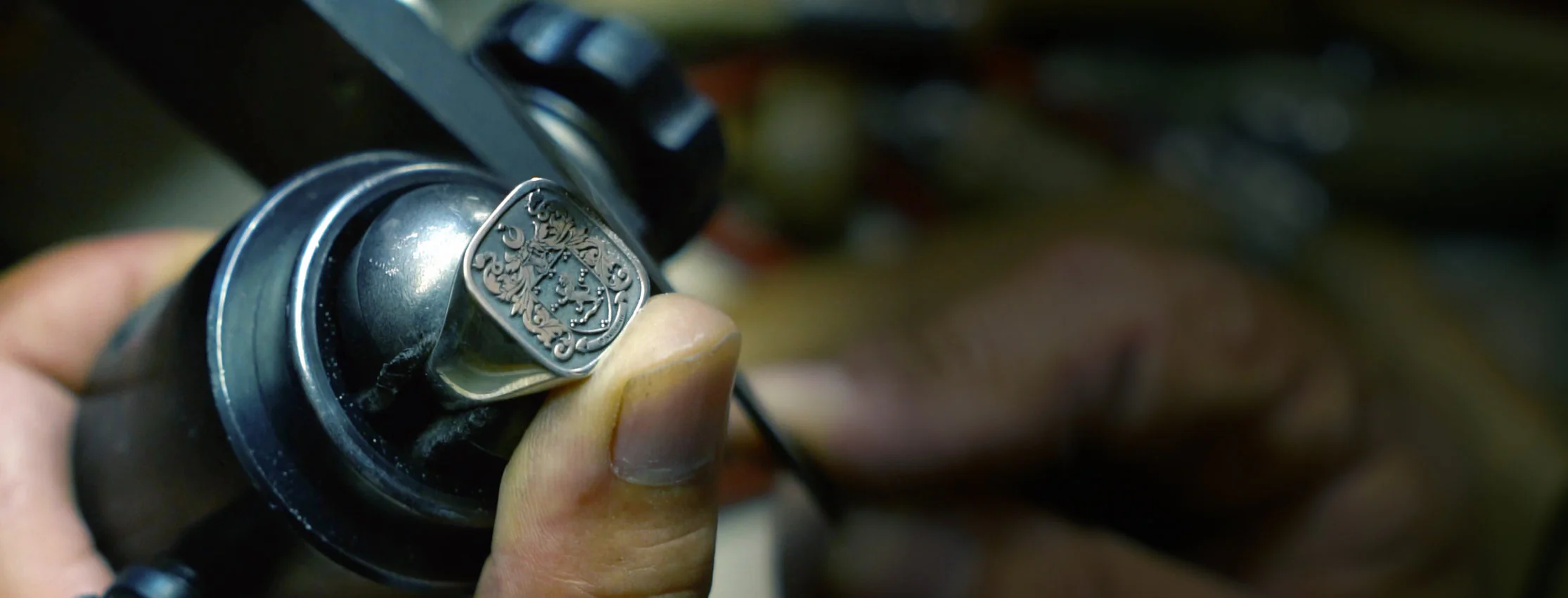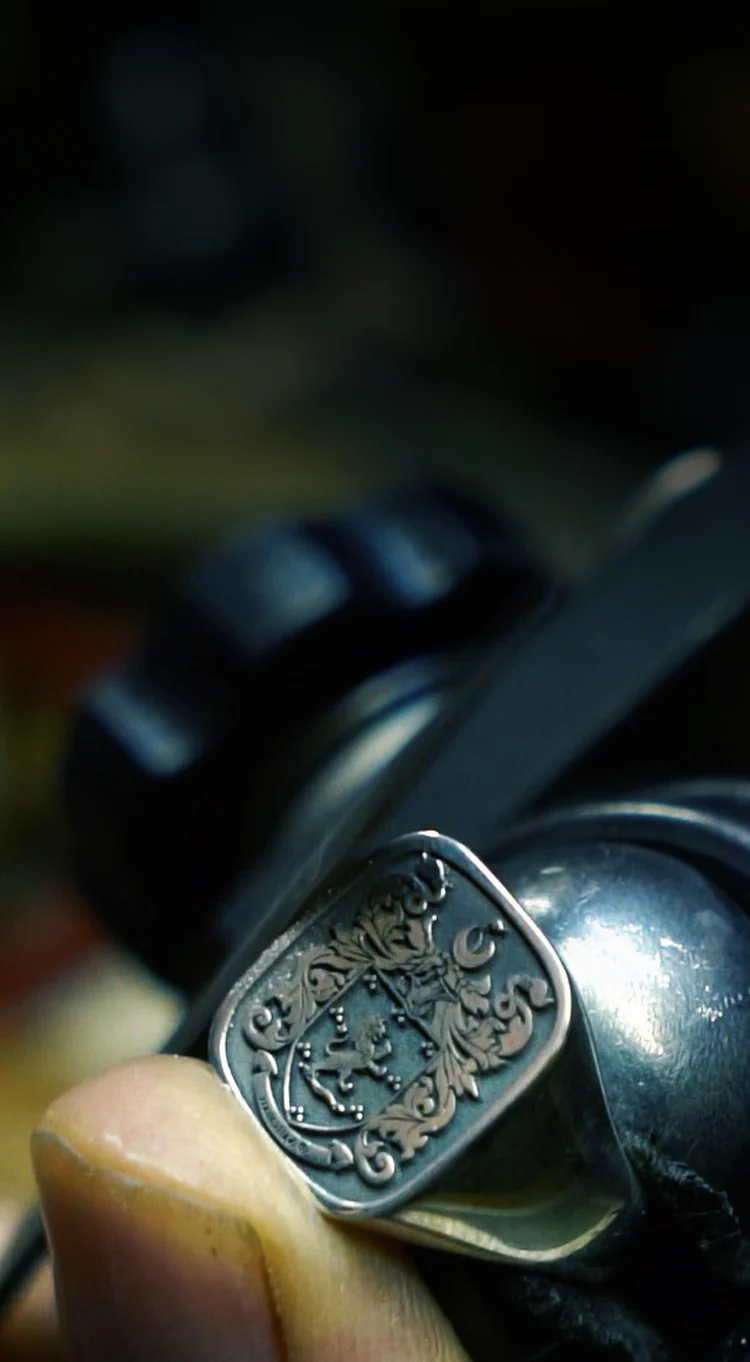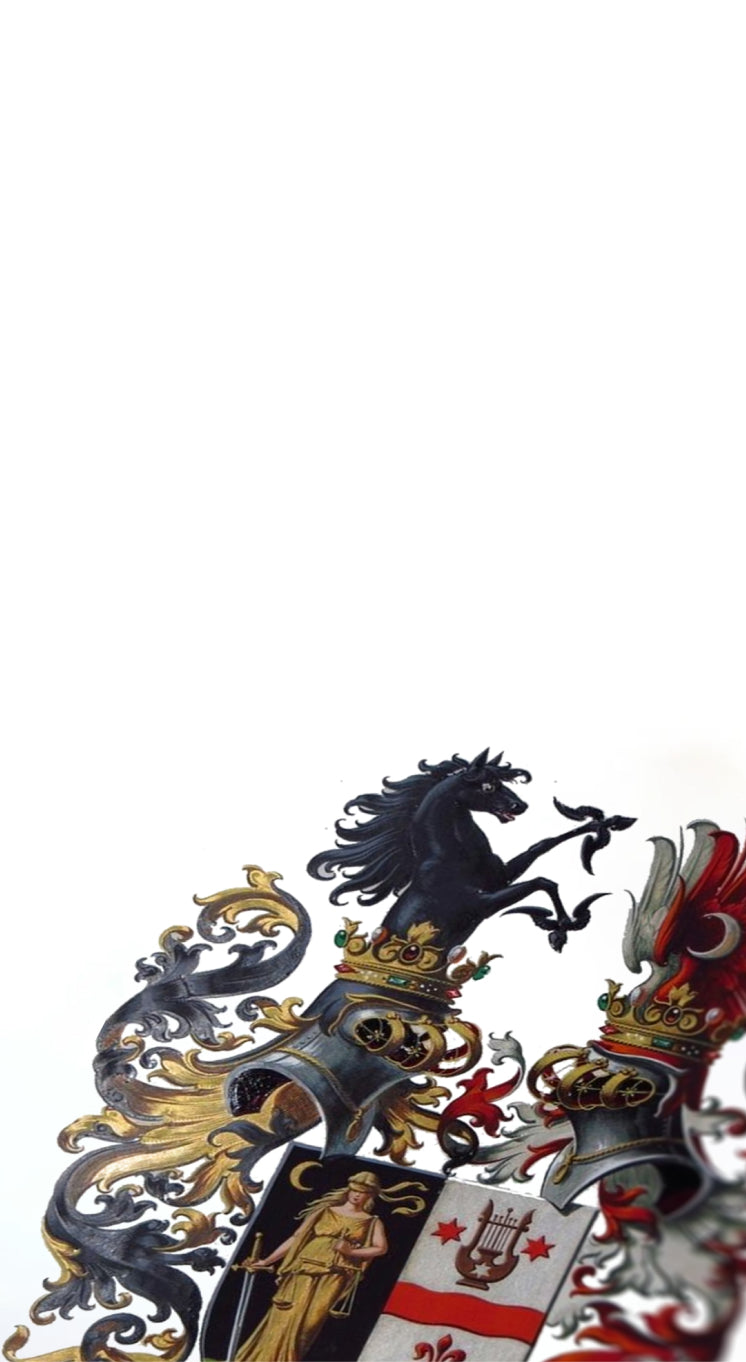The Medieval Church part 2
While bishops and priests worked among the people, guiding them toward God, another group chose a more secluded path. These men built monasteries, dedicating their lives to prayer, work, and worship.


While bishops and priests worked among the people, guiding them toward God, another group chose a more secluded path. These men built monasteries, dedicating their lives to prayer, work, and worship.

When Edward Mac Lysaght was appointed to the newly created position of Chief Herald of Ireland in 1943 he also became head of Genealogy for Ireland and the old office of Ulster King of Arms in Dublin became the Genealogical Office, which is now part of the National Library of...
When Edward Mac Lysaght was appointed to the newly created position of Chief Herald of Ireland in 1943 he also became head of Genealogy for Ireland and the old office of Ulster King of Arms in Dublin became the Genealogical Office, which is now part of the National Library of...

As mentioned in our earlier blog post on totemism, http://www.heraldicjewelry.com/2/post/2012/10/the-symbolism-of-heraldry-part-3-totemism.html tribal societies the world over define themselves by animal totems from the aboriginals of Australia to the Native American tribes of North America. Ancient Ireland was no different and tribes connected by blood identified with animals. In the epic Irish...
As mentioned in our earlier blog post on totemism, http://www.heraldicjewelry.com/2/post/2012/10/the-symbolism-of-heraldry-part-3-totemism.html tribal societies the world over define themselves by animal totems from the aboriginals of Australia to the Native American tribes of North America. Ancient Ireland was no different and tribes connected by blood identified with animals. In the epic Irish...

The earliest reference to a herald of arms for Ireland is to Chandos Herald, the herald of John Chandos. Chandos Herald was appointed “Ireland King of Arms” in 1382. Chandos had a number of successors, who appear to have been regarded as members of the English College of Arms,...
The earliest reference to a herald of arms for Ireland is to Chandos Herald, the herald of John Chandos. Chandos Herald was appointed “Ireland King of Arms” in 1382. Chandos had a number of successors, who appear to have been regarded as members of the English College of Arms,...

One of the most notable Ulster King of Arms was Sir Arthur Vicars, left, who held the post from 1893 until 1908 when he was forced to resign in disgrace due to his part in the theft of the Irish Crown Jewels. The story begins with a report in the...
One of the most notable Ulster King of Arms was Sir Arthur Vicars, left, who held the post from 1893 until 1908 when he was forced to resign in disgrace due to his part in the theft of the Irish Crown Jewels. The story begins with a report in the...



